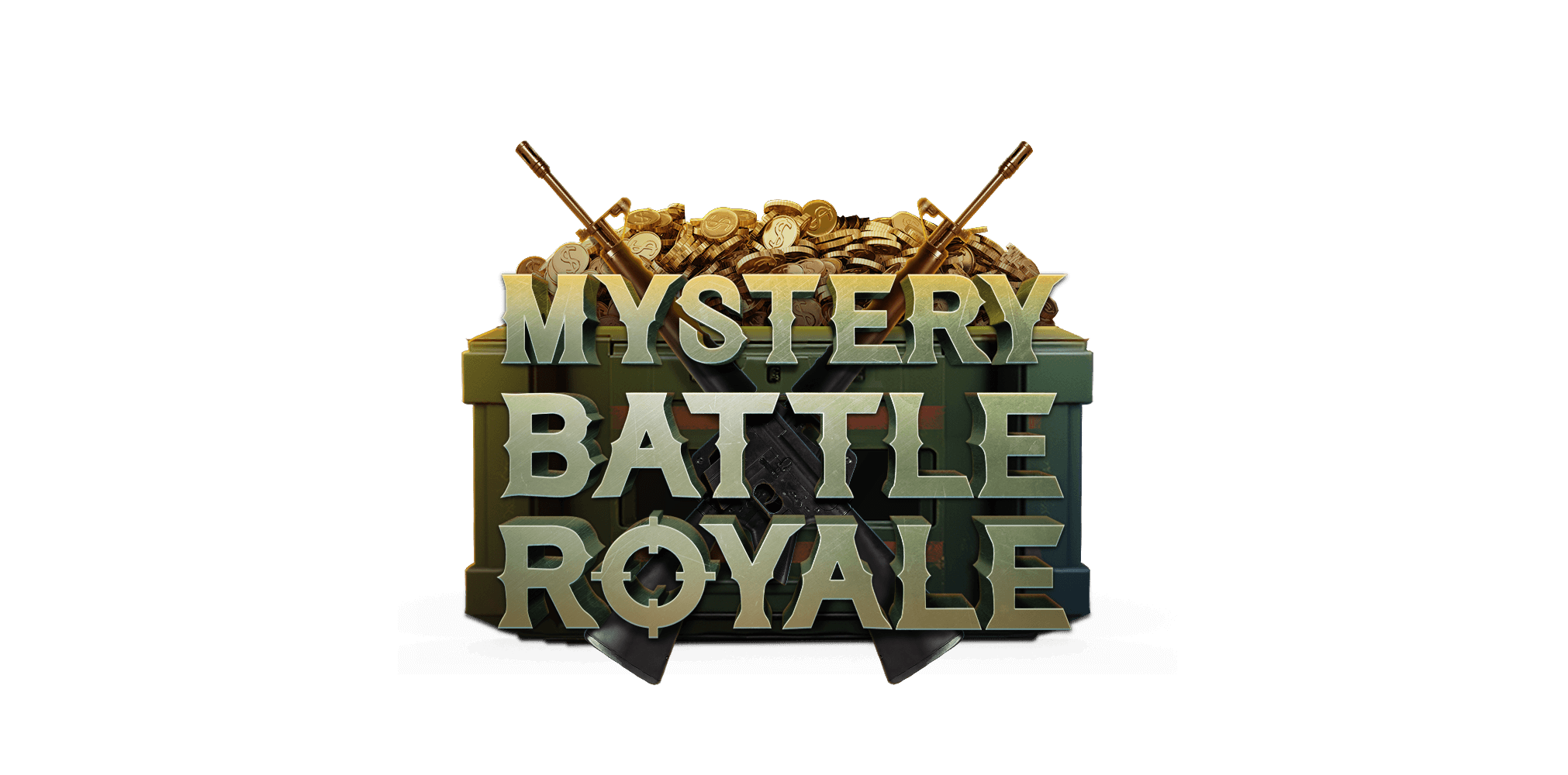
Poker stakes refer to the monetary limits associated with a poker game. These stakes determine the amount of money that players can wager, win, or lose in a game. Understanding poker stakes is crucial for beginners, as it helps them choose the right games, manage their finances, and build a solid poker bankroll management strategy. Whether you're playing low-stakes poker or aiming for the high-stakes tables, knowing the stakes involved is key to your success.
Poker stakes are not just about the money involved but also about finding the right balance between skill level, financial comfort, and enjoyment. For beginners, diving into poker without understanding the stakes can lead to unnecessary losses and frustration.
Types of Poker Stakes
Poker stakes are categorized based on the limits and the financial commitment required to participate. Let’s break down the different types:
Micro Stakes Poker
Micro-stakes poker is the entry-level tier for beginners or players with limited budgets. These games typically have:
Blinds start as low as ₹2/₹4 to ₹10/₹20.
Buy-ins ranging between ₹50 and ₹500.
Minimal risk and is great for learning the game.
Key benefits:
Ideal for building basic poker skills.
Provides a risk-free environment for experimenting with strategies.
Great for those who want to play recreationally without a significant financial commitment.
Micro stakes are widely available on online poker platforms, making them an excellent starting point for players new to poker. The lower risks also allow you to practice poker bankroll management without fear of depleting your funds too quickly.
Low Stakes Poker
Low-stakes poker involves slightly higher blinds but remains affordable for most players. Here are its characteristics:
Blinds usually range between ₹5/₹10 and ₹25/₹50.
Buy-ins range from ₹500 to ₹2,000.
Common in online poker platforms and local card rooms.
Why choose low-stakes poker?
It’s perfect for honing your skills while minimizing financial risk.
You can practice poker bankroll management techniques effectively.
Offers a balance between low financial risk and meaningful rewards.
Many poker players spend a significant amount of time at low-stakes tables before moving up. This level allows you to learn how to handle different player types, such as tight-aggressive or loose-passive opponents.
Mid-Stakes Poker
As you progress, mid-stakes poker becomes an option. This level is characterized by:
Blinds ranging between ₹100/₹200 and ₹500/₹1,000.
Buy-ins between ₹2,000 and ₹20,000.
Higher competition levels and increased rewards.
Things to keep in mind:
Requires a solid understanding of advanced strategies.
Poker bankroll management becomes critical to avoid significant losses.
Opponents at this level are more skilled, requiring adaptability and focus.
Mid-stakes poker is often the goal for semi-professional players looking to earn substantial profits without the risks associated with high-stakes games.
High Stakes Poker
High-stakes poker is where the action gets intense. Features include:
Blinds start at ₹1,000/₹2,000 and go up to ₹5,000/₹10,000.
Buy-ins ranging from ₹20,000 to lakhs of rupees.
Professional players dominate these games.
Considerations:
Strong skills and a robust bankroll are essential.
Emotional resilience is crucial due to higher swings.
The stakes often attract seasoned professionals, making the games more challenging.
High-stakes poker is popular in both live games and online platforms. For players at this level, the focus shifts to refining strategies and maintaining emotional control to handle the large sums at play.
Nosebleeds Poker
Nosebleeds poker is the ultimate high-stakes category reserved for elite professionals. Characteristics include:
Blinds exceeding ₹10,000/₹20,000.
Buy-ins often reach crores of rupees.
Limited tables and exclusive games.
Why nosebleeds poker is unique:
Immense financial risks and rewards.
A platform for the world’s best players.
The stakes are so high that even minor mistakes can result in significant losses.
Only a handful of players worldwide participate in nosebleeds poker, making it a prestigious yet highly demanding level of play.
Choosing the Right Poker Stakes
Selecting the right stakes depends on your skill level, bankroll, and goals. Here are tips to make the right choice:
Assess your skill level: Beginners should stick to micro or low-stakes poker until they feel confident.
Evaluate your bankroll: Ensure you have enough funds to cover 20-40 buy-ins for the stakes you choose.
Set goals: Are you playing for fun or aiming for serious profits? Adjust your stakes accordingly.
Start small: Always begin with stakes that feel comfortable and gradually move up as your skills and bankroll grow.
Avoid overconfidence: Moving up too quickly can lead to unnecessary losses.
By carefully choosing your stakes, you’ll ensure a more enjoyable and less stressful poker experience.
Bankroll Management Tips
Effective poker bankroll management is crucial for sustaining long-term success. Follow these tips:
Set a dedicated poker bankroll: Keep your poker funds separate from your personal finances.
Stick to a budget: Allocate a specific amount for each session and avoid exceeding it.
Use the 5% rule: Avoid risking more than 5% of your bankroll in a single game.
Adjust stakes wisely: Move down in stakes if your bankroll decreases and move up only when it’s sustainable.
Track your performance: Regularly monitor wins and losses to identify patterns and adjust your strategy.
Avoid emotional decisions: Stay disciplined and avoid chasing losses or playing at stakes beyond your comfort zone.
Have a safety cushion: Keep additional funds aside for emergencies or unexpected expenses.
By understanding poker stakes, practising poker bankroll management, and starting with low-stakes poker, you’ll set yourself up for a rewarding poker journey. Natural8 India offers an excellent range of poker games across different stakes, making it easier for beginners and professionals alike to find the perfect table.
Poker Stakes FAQs
1. What are the best stakes for beginners?
Micro-stakes poker is ideal for beginners due to its low financial risk and easy learning curve. It allows players to practice strategies and build confidence without significant financial pressure.
2. How does poker bankroll management affect my game?
Proper bankroll management ensures that you can play consistently without the risk of going broke, allowing you to improve your skills over time.
3. When should I move up in stakes?
Move up when you consistently win at your current stakes and have a bankroll large enough to sustain higher-level games. Ensure you have at least 20-40 buy-ins for the new stakes.
4. Are online poker stakes different from live games?
Yes, online poker stakes tend to have more skilled players at lower levels compared to live games. Adjust your strategy accordingly to compete effectively.
5. What is the biggest challenge of high-stakes poker?
The biggest challenge is managing emotional swings and maintaining focus, as the financial stakes are significantly higher, and opponents are more skilled.

















